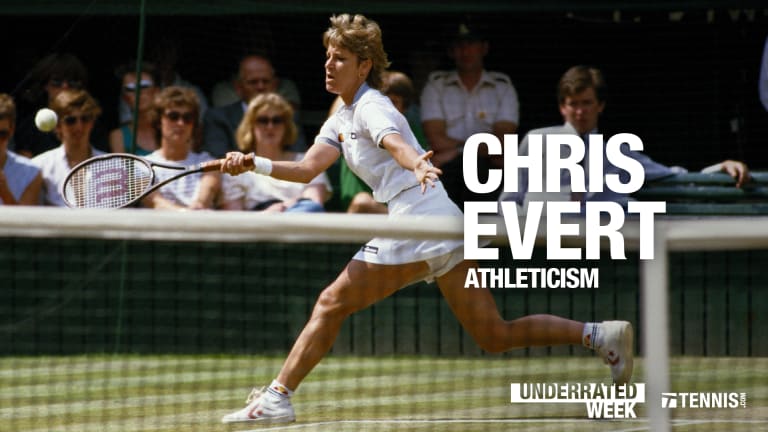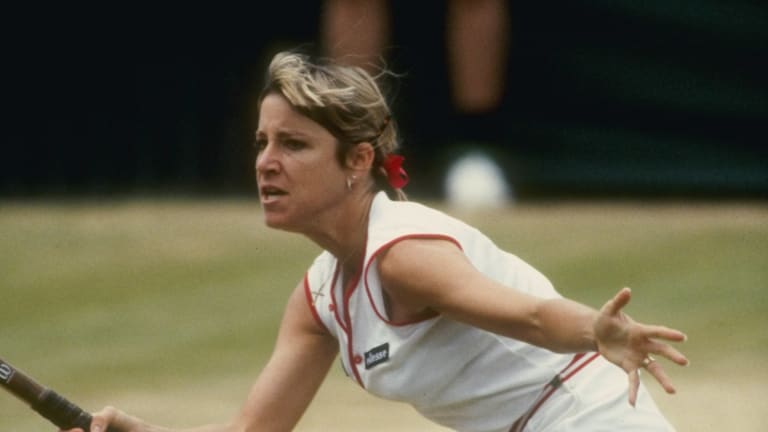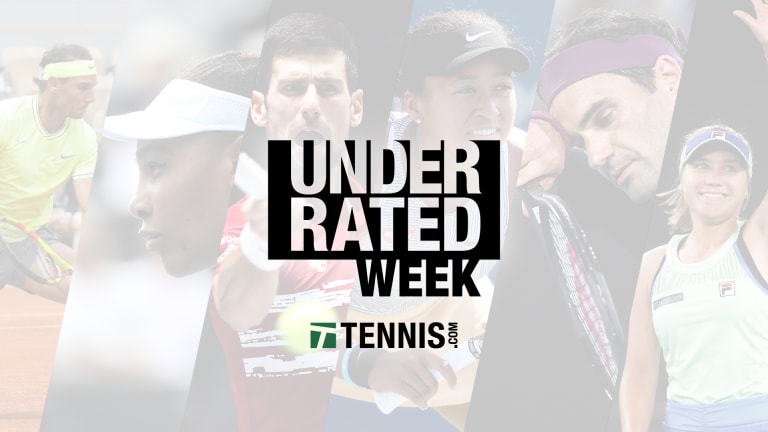Chris Evert, jock supreme: a throwback to her underrated athleticism
By May 07, 2020Social
International Tennis Hall of Fame names youth program headquarters in honor of Chris Evert
By Jul 20, 2024Roland Garros
Roland Garros Roundtable: On Bjorn Borg and Chris Evert's maiden major titles, 50 years ago
By Jun 08, 2024Roland Garros
Iga Swiatek is more Chris Evert than Rafael Nadal...and more we learned from Martina Navratilova
By May 22, 2024WTA Finals
Ambassador responds to call by Evert and Navratilova to keep women's tennis out of Saudi Arabia
By Jan 30, 2024WTA Finals
“We can’t sit back”: Chris Evert, Martina Navratilova urge WTA to stay out of Saudi Arabia
By Jan 17, 2024Chris Evert begins chemotherapy after ovarian cancer returns, will miss Australian Open
By Dec 08, 2023Tennis.com Interview
Ajla Tomljanovic warns Break Point cast: think twice about putting relationships on camera
By Aug 26, 2023US Open
What are the chances Novak Djokovic and Carlos Alcaraz duel at the US Open?
By Aug 26, 2023Lifestyle
Ajla Tomljanovic, Marta Kostyuk celebrate second drop of Chris Evert’s Monica Rich Kosann tennis bracelet collaboration
By Aug 25, 2023Chris Evert, jock supreme: a throwback to her underrated athleticism
As fans of such athletes as hockey star Wayne Gretzky or basketball legend Larry Bird will ask, why rush when you can just be there? Rarely did the 18-time major champion arrive late to the ball.
Published May 07, 2020
Advertising

Chris Evert, jock supreme: a throwback to her underrated athleticism
Advertising
Advertising

Chris Evert, jock supreme: a throwback to her underrated athleticism
© Getty Images
Advertising

Chris Evert, jock supreme: a throwback to her underrated athleticism